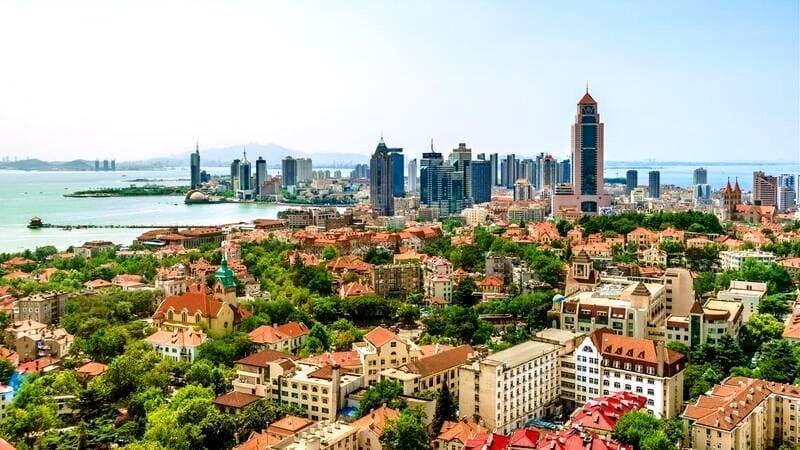
The latest statistics from Trip.com and the Korean company Consumer Insight show that the wave of “short-term, flexible and unplanned” travel is reshaping the tourism map of Northeast Asia.
Along with that, the clever visa exemption policy, technological infrastructure, superior services and “nearby destination” strategy have helped China become the top choice for millions of Koreans.
From “night elves” to policy nudges
The concept of “goblin night trips,” which refers to weekend trips departing on Friday night and returning before Sunday night, is no longer a trend, but has become a typical travel model among Korean office workers.
According to Trip.com, round-trip bookings from South Korea during this time frame increased more than 150% in the first five months of 2025 compared to the same period last year.
More than 80% of guests were solo or couples, demonstrating the booming demand for independent, flexible travelers who are no longer dependent on long family vacations.
It is worth noting that the policy push has opened the door for this trend. Since the end of 2024, China has applied a 15-day visa-free policy for South Korean citizens.
This is a strategic move, not only to recover from the pandemic but also to regain tourism market share in the region.
With the rapid development of mobile payments, application ecosystems, and convenient transportation, the travel barriers that once made Koreans afraid of China have almost been eliminated.
The shift of the regional tourism "throne"
In 2024, South Korea will remain Japan's largest tourist market, with 8.83 million arrivals, accounting for nearly 24% of the total 36.9 million international visitors that Japan welcomed.
However, China's proximity, more reasonable prices, more flexible policies and ability to diversify experiences are making it a "formidable alternative".
A report by Consumer Insight released on June 25 showed that China has surpassed Japan, followed by the Philippines, Vietnam and Thailand in the ranking of the most favorite foreign destinations for Koreans.
“Proximity, reasonable costs, increasingly improved infrastructure and the ability to create new attractive destinations are reasons for Korean tourists to change their destination choices,” the report stated.
Emerging Destinations: Shandong Peninsula Takes the Spot
Not only Beijing and Shanghai - the traditional tourism "giants" - but also lesser-known cities such as Qingdao and Yantai are becoming new focal points.
Both are less than 90 minutes flight from Seoul, conveniently connected and have a rich culture and services that suit the “go out without preparation” trend.
Statistics show that Qingdao accounts for more than 30% of bookings at Chinese destinations by Korean visitors, while Yantai accounts for 8.5%, ranking fourth.
Places such as Qingdao Beer Museum, Laoshan Mountain, Ocean World or the ancient Penglai Temple are being reinvested in, meeting the demands of high-quality cultural and resort experiences of East Asian tourists.
It is no coincidence that the number of Korean tourists to China increased by 157% in 2024 and bookings for the Lunar New Year in 2025 increased by 452% over the same period.
“Visa-free policies, technological convenience, competitive prices and growing demand from young Koreans are turning the Chinese tourism market into a new force,” said Hong Jong-min, director of Trip.com Korea.
What does Vietnam need to do to compete with regional destinations?
As the Korean market - one of the leading key markets for Vietnamese tourism - is showing clear signs of shifting to China, Vietnam needs to pay attention to this market news and have timely solutions to attract visitors from the regional market.
In 2024, Vietnam will welcome nearly 3.6 million South Korean visitors, second only to China. However, without timely adjustments, the possibility of losing market share to competitors is entirely possible.
So what should Vietnam do? Vietnam needs to have a more flexible visa policy.
Currently, Vietnam has exempted 45-day visas for South Korea, but needs to expand with a super-fast e-visa policy, issued within 1-2 hours for weekend visitors.
Creating a boost for nearby, emerging destinations: Vietnam can learn lessons from Qingdao - Yantai to develop coastal cities in the Central region such as Quy Nhon, Tuy Hoa, Hue with short-term, easily accessible products from Korea, associated with culture, cuisine and wellness.
Digital transformation and convenient payment: With the "no barriers" mentality when traveling, developing a multilingual automatic guide system, popular mobile payment (QR, Samsung Pay...) and an integrated tour ticket booking platform will be necessary conditions to retain Korean tourists.
China is not only recapturing the Korean market, but is also redefining a new regional tourism model where agile policies, leading technology and flexible services will prevail.
Vietnam, with its advantages in nature, culture and hospitality, needs to be more ready to adapt to the “Korean-style trip”: Fast, convenient, quality and hassle-free.
This is a race between destinations and an awakening of new behavioral customer engagement strategies. And in this race, whoever is faster - wins.
Source: https://baolaocai.vn/trung-quoc-vuot-nhat-ban-tro-thanh-diem-den-so-1-cua-du-khach-han-quoc-post403988.html




















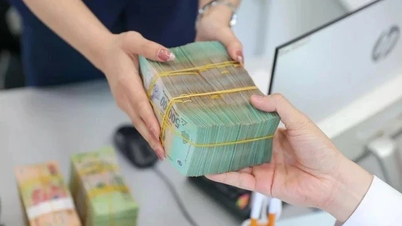



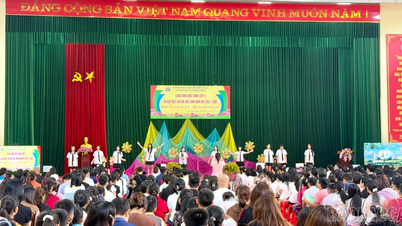
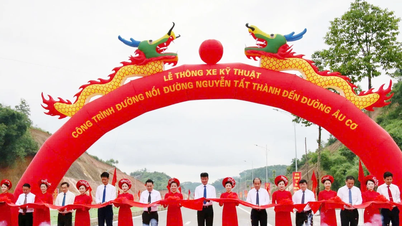






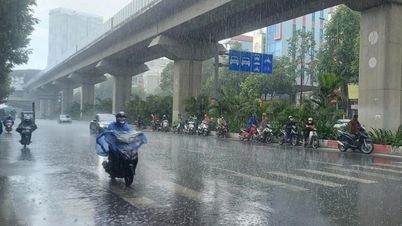
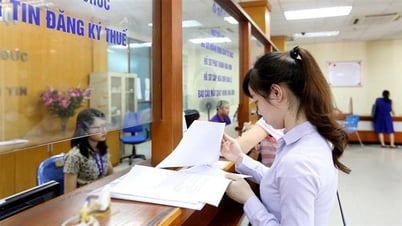











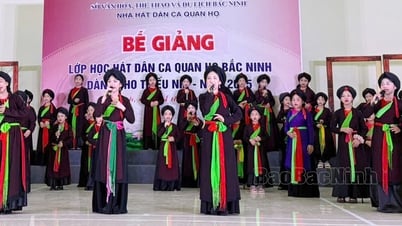








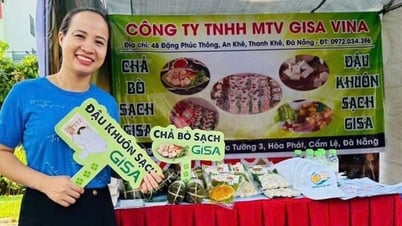













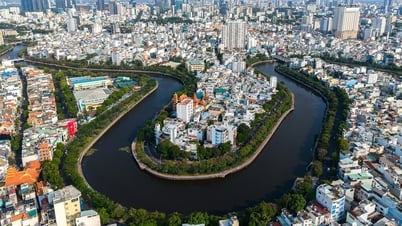


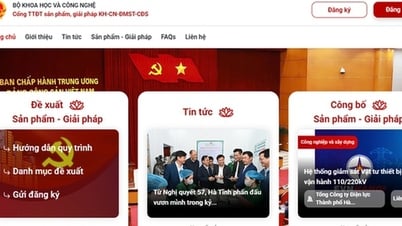

![[Infographic] Circular guiding the functions, tasks and powers of the provincial Department of Culture, Sports and Tourism and the commune-level Department of Culture and Social Affairs](https://vphoto.vietnam.vn/thumb/402x226/vietnam/resource/IMAGE/2025/6/29/877f24989bb946358f33a80e4a4f4ef5)

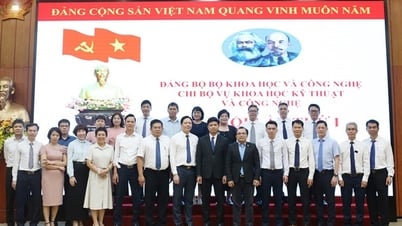

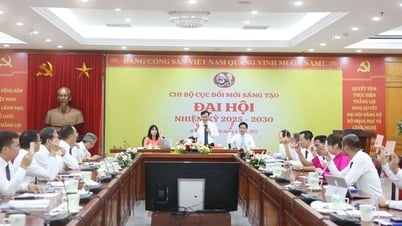
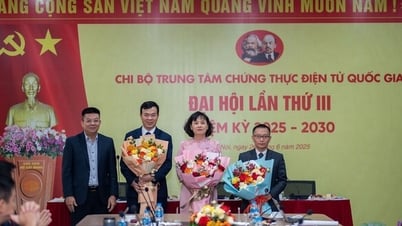







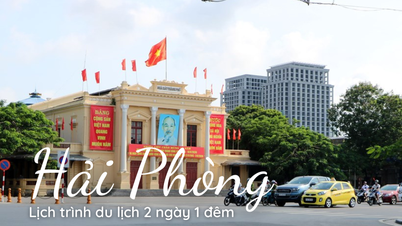














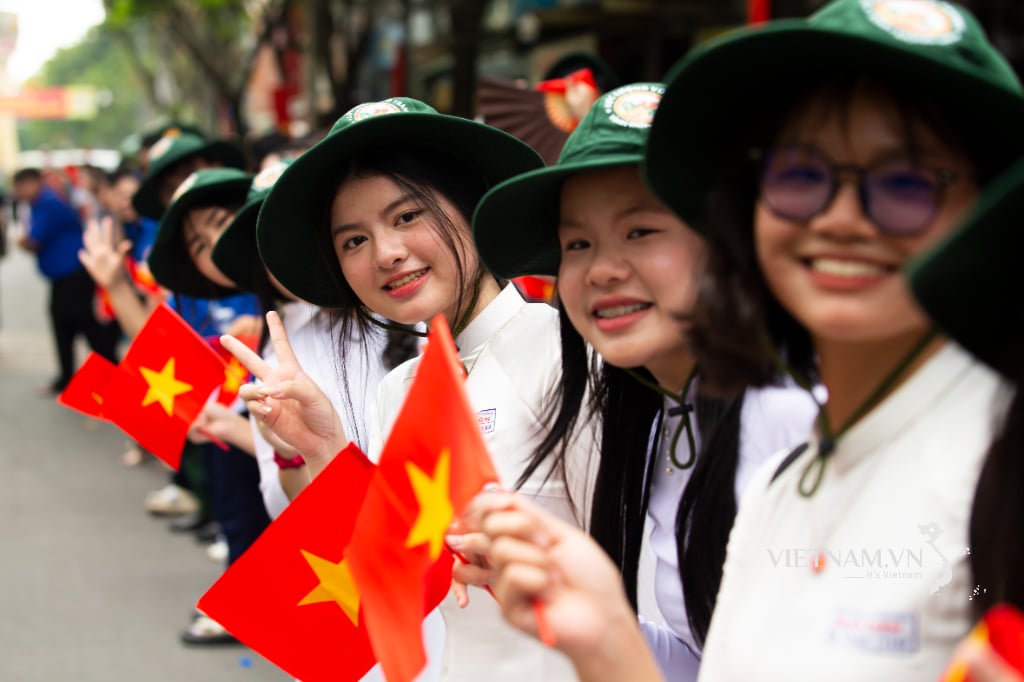


Comment (0)